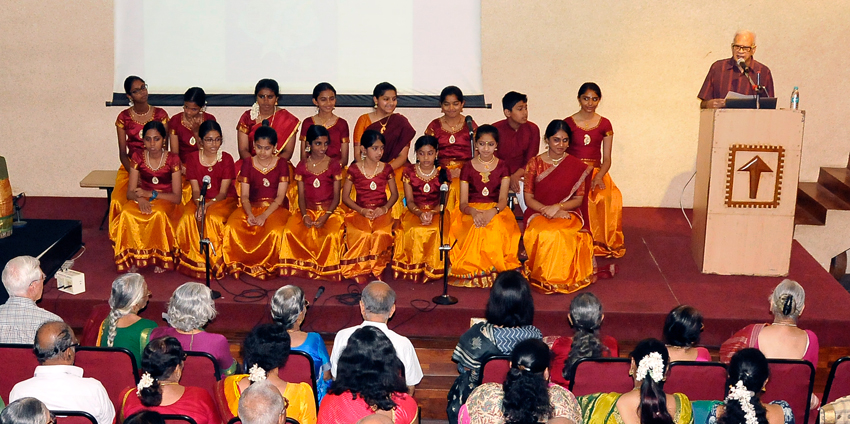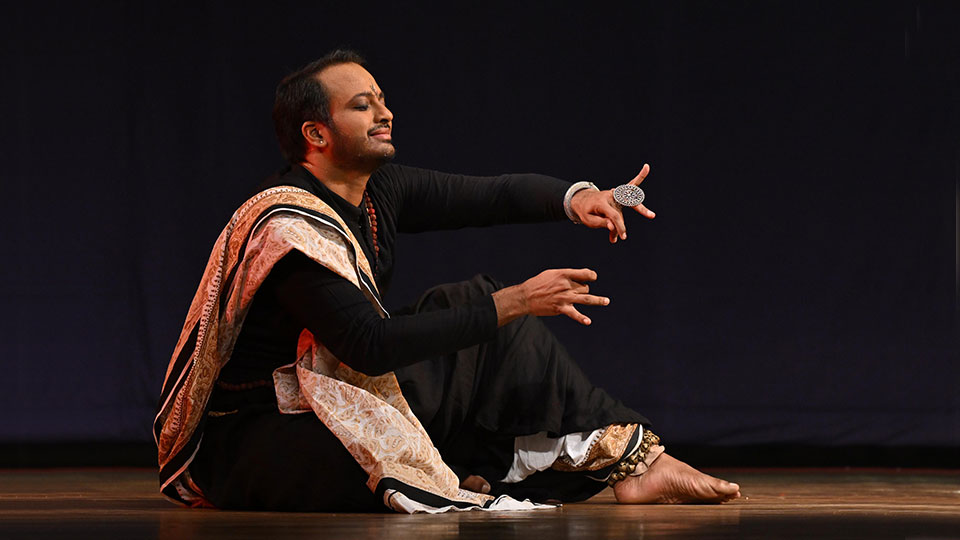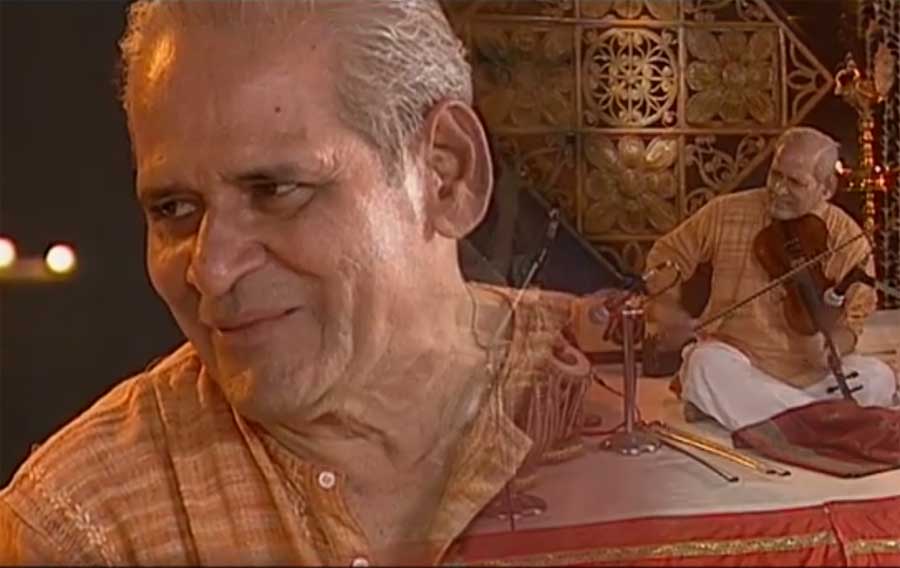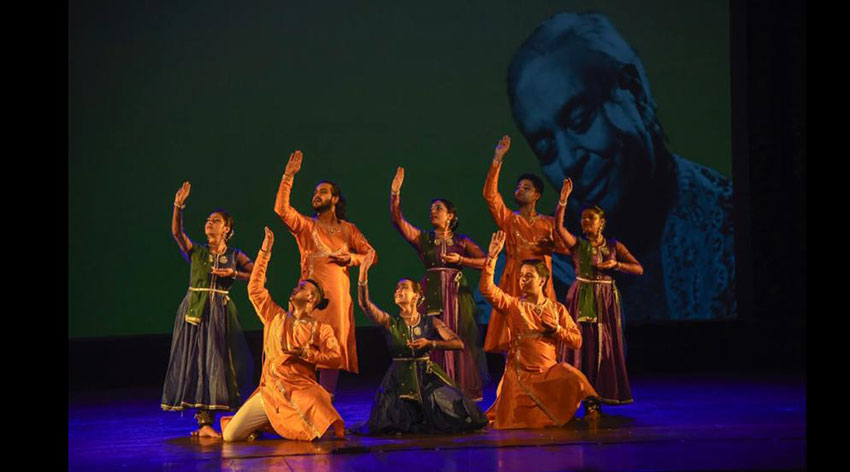It is not for nothing that Music is said to be one of the greatest learning and calming exercises for mind and body. The great Allauddin Khan Saheb is said to have urged people that with a child in the house, buying a tanpura was a must, for his belief was that classical music was the birthright of every child. “The one in search of the swara, will have heart, mind, body in tune and he will never do anything besura.”
Watching the children singing Purandara Das compositions at TAG last Sunday, I was strongly reminded of this statement. Chennai’s TAG, the brainchild of T.T.Chari, features under its ‘South India Heritage programme’, a morning lecture or some informative art event on the last Sunday morning of every month- with more Sundays added on during the Season. The gathering avails of the generous hospitality of a sumptuous breakfast served in the dining room, after which the programme in the TAG auditorium is held. Along with the seating space is a small open stage meant for presenting a lecture or having discussions on aspects of art.

The event in question was on Purandara Das the great ‘Pitamaha’ as he is called of Carnatic Music – the talk by Sumitra Nitin singer, dancer, with the demonstration of the songs sung by her young students. Not only was the totally sruti faithful singing a delight, but equally noteworthy was the confidence, the composure, the togetherness, discipline and the total involvement of the children. And one also learnt how the songs revealed the man behind them, for historical details about Purandara Dasa are not available. But the man reveals himself and his entire life in his songs, which become in a way autobiographical.
Sumitra began her lecture with the mention of how very little written material is available about Purandara Dasa. An ancient copper plate recording the grant of land to a group of persons by the ruler is the only mention of the ‘children of Purandara Dasa’ too as benefactors, and that sole evidence establishes the fact that such a man indeed lived.
Considered the person who sowed the Carnatic music seed (with the sprouting tree and later branches and luxuriant growth contributed by Tygaraja, Shyama Sastry and Muttuswamy Dikshitar) Purandara Dasa composed Swaravalis, Uga bhogas, geetams, Alankaras, Shooladi, Padyams, Vachanas, Tana Varnam, Kirtanas and what have you apart from being the composer of raga Mayamalawagowla. In all, as he has himself mentioned in a song, he composed over 400,000 songs, (and this is not mentioned with any sense of vain achievement) and if he was born in 1484 as assessed and died in 1564, by simple calculation he must have roughly composed at the rate of about twenty-three compositions a day!
Always the soul of humility, praise for him is made by no less a man than his great Guru Vyasaraya, who gave him the title of Purandara Dasa. Before this, he was Srinivasa Nayaka (also called Senappa Nayakar)named after the Lord to whom devout prayers were made by his father, a long-married childless gem merchant who with his wife, lived in a village near Hampi. Married at a very young age to Lakshmi, wonderfully pious and charitable who Purandara Dasa himself refers to as the acme of goodness and his greatest treasure. But all these years, Srinivasa Nayaka was largely preoccupied with his gem business, making him a very rich man. Known as ‘Navakoti Nayaka’ (Nayaka with nine crores to his name!), Sreenivasa was a skinflint who would not part with even a penny in charity. His parents died very young, leaving Sreenivasa pondering on how to make the ‘Navakoti’ into ‘Dashakoti’ so engrossed was he in acquiring more and more riches.
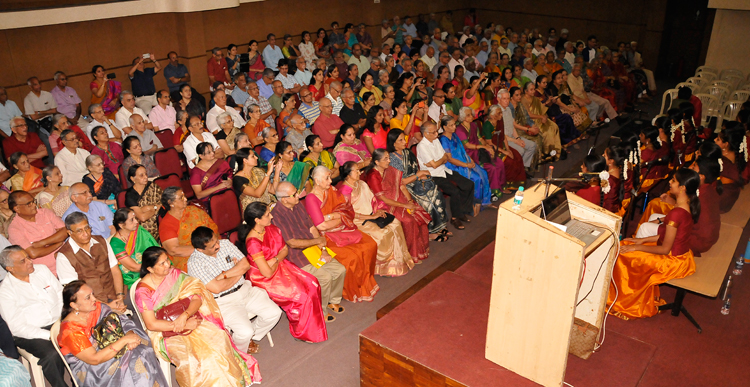
But Life took a sudden turn when one day an impoverished old man appeared at his door asking for monetary assistance to conduct the marriage of his daughter and the thread ceremony of his son. When Senappa in his usual vein, packed him off with a firm refusal, the man appealed to Lakshmi in Srinivasa’s huge bungalow close by and the sympathetic woman ardently wanting to help the poor, on hearing the old man’s tale, with all the money locked up, donated her nose ring. The old man full of gratitude went back to the gem store of Senappa Nayaka to exchange the nosering for money to perform the daughter’s marriage. An astounded Senappa, recognising his wife’s nosering locked it up carefully in a box before, demanding of his wife as to where her nosering was! The nervous wife, to her surprise, found the nose ring in the box and a puzzled Senappa going back to his shop found it missing from the box he had locked it in! And in the fracas, the old man had disappeared. Recognising the hand of the almighty, Srinivasa changed overnight. He found a Guru in Vyasaraya and the teacher himself in a song “Dasarendare Purandara Dasa” in raga Yadulula Kambodi set to Khandachapu talam (that if one refers to the Dasas the one who credited the title most was Purandara Dasa) which the children sang wonderfully. Saying all that transpired had happened for the best ‘Adadella olide ayithu’ which was sung in Purvikalyani set to Aditala. Purandara Dasa as ‘Guruvina Gulamu’ (Pantuvarali Adi) served his guru as his servant. Many of his songs mention how for thirty years he wasted his life in amassing more wealth when the greatest ‘Ratnam’ was the Lord himself – which he did not realise.
When he went asking for alms, after giving up all his wealth and taking to a life of ‘Unchavritti’ (asking for alms and living on what one is given), he was offered Millet (Ragi). His song ‘Rageetandeerya Bheekshake’ in Punnagavarali which mentions this fact later branches out to a pun on the word Ragi. Forsaking caste divisions, he said “Neeti is important not Jati”. Prayer for him was not ritual. It was simple ‘Sulabha pujeyamadi’ in the raga Gangeye bhushani set to khandachapu talam.
A wonderful conclusion saw the children sing raga elaborations in solo and to listen to children below ten understanding music to this extent was quite a revelation. Which proves that one only has to expose youngsters to the best of our art forms. Their capacity to absorb and enjoy makes learning a joyful process – which should be the ultimate aim of education. And full marks to a young lady like Sumitra who is willing to partake of her knowledge with children!



